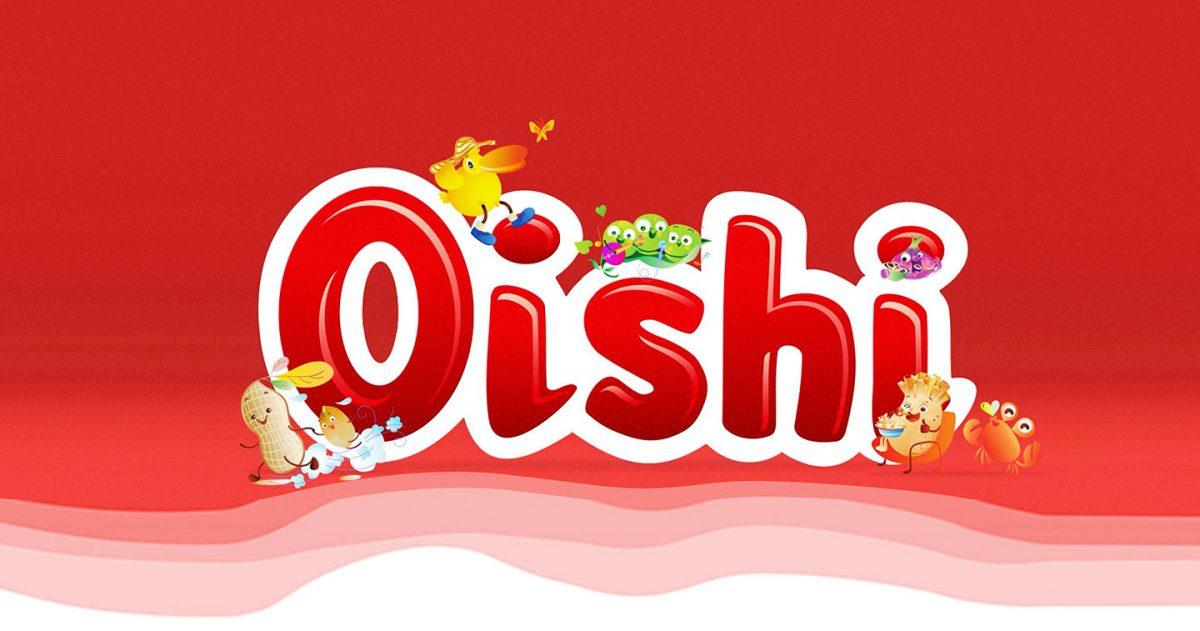MANILA, PHILIPPINES — In previous blogs, The Branding Nerd has talked about some of the “Six P’s” of the marketing mix. Discussing ‘Product’ with LEGO®, ‘Place’ with Cartier®, and most recently ‘People’ with Starbucks®.
Join our workshop on how to build a brand and sustaining profitability, register for the #YoungMarketers Program” https://bit.ly/3fX56LR
Here’s The Branding Nerd take on a beloved Filipino megabrand, OISHI.
In this blog, we will talk about ‘Process’, another critical element in the six P’s of a brand’s marketing mix.
“Quality is not an act, it is a habit.”
Aristotle, Greek Philosopher, 384-322 BC
Indeed, in order to maintain the quality of a brand or megabrand across markets and through the years, a company needs to establish a habit of quality assurance as an integral part of its culture.
And it is its ‘process strategy’ that will ensure that.
It is process strategy that has enabled global brands like Disney®, McDonald’s®, Uniqlo®, Apple® and more to maintain the same high quality that its customers have come to expect from the products and services of these brands anywhere in the world.
But before we talk about ‘process’, let’s have a quick look at the meaning of ‘megabrand’.
In a 2013 article, Susan Saurage Altenlough, Phd, wrote: “…according to Nielsen a megabrand actually has a slightly different meaning for consumer goods companies and marketers. “It relates to taking a power brand and extending its equity across related product categories to drive growth and efficiencies.” Nielsen cites Crest as a great example of how (Procter) and Gamble took the consumer familiarity with Crest and extended the reach of Crest-branded products related to oral care: toothbrushes, whitening kits and oral rinses.”

At first instance, ‘mega’ could connote bigness in market share, sales revenues, profits, global reach etc. Brands like Coke®, McDonald’s®, etc. could naturally come to mind.

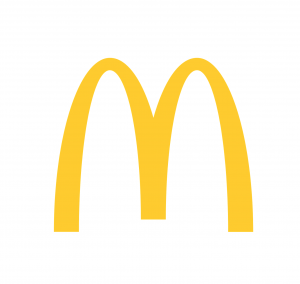
However, based on the above, these examples of Coke® and McDonald’s® are actually not to be considered as megabrands per se amongst marketers.
Coke® and McDonald’s®, while these are giant and globally recognized brands, compete primarily in only one category, namely carbonated soft drinks and quick service restaurants (or QSR), respectively.
Megabrands, on the other hand, are giant brands that have gone beyond their original category and have successfully crossed to related categories.
In this blog, we feature one such megabrand that was founded in the Philippines.
I am referring to megabrand Oishi®, which is owned by a Philippine-based multinational snack manufacturing firm Liwayway Holding Company Limited headquartered in Pasay City, Metro Manila in the Philippines.

Founded right after World War II, in 1946, the name ‘liwayway’ which is Tagalog for ‘dawn’, was chosen by the founders to reflect the optimism and hope in the Philippines during the start of the post-war era. It started as a ‘gawgaw’ or corn starch and coffee repacking business. By 1966, the company was registered as Liwayway Marketing Corporation (or LMC), and the second-generation brothers Carlos and Manuel Chan took leadership of the company and were largely responsible for growing the brand locally and internationally. In 1975, LMC started producing prawn crackers using Japanese technology which led them to choose the Japanese term ‘Oishi’, which means ‘delicious’, as the brand name.
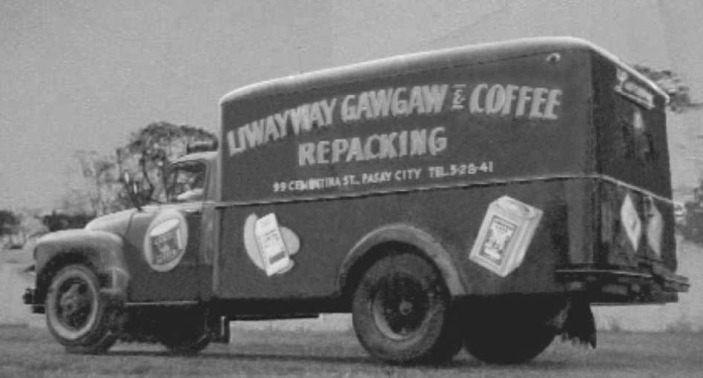
Today, megabrand Oishi® has extended its equity across related food categories including:
Savory Snacks
Sweet Snacks
Fruit Beverages
Milk Beverages
And the above savory and sweet snack categories are further broken down into sub-categories, as follows:
Potato Snacks
Vegetable Snacks
Wheat Snacks
Seafood Snacks
Corn Snacks
Cereals
Cookies, Biscuits, & Wafers
For the Philippine market alone, under all these categories and sub-categories are a total of fifty seven sub-brands, all under the megabrand Oishi®, led by the original Oishi Prawn Crackers® and Oishi Kirei Yummy Flakes®.
Process Strategy
Going back to our quote from Aristotle, Oishi® has managed to establish a simple yet highly effective manufacturing process that enables this mega brand to develop and produce world-class packaged food products as a ‘habit’.
Their manufacturing process is summarized in five principles which they refer to as the ‘Principles of the Good Chef’.

The five principles include:
- Clean equipment and good personal hygiene
- Choice ingredients and appealing presentation
- Precise and standardized process for consistent quality
- Efficient and not wasteful
- Cleanliness and safety in the kitchen

As seen in the above page in their Chinese website, the ‘good chef’ principle is very much part of the brand’s culture across markets internationally.
The use of the ‘good chef’ analogy applied to its sourcing, manufacturing and logistics processes is a brilliant way of instilling a quality assurance culture that supports this megabrand across all its food categories.
And the principles are so easy to understand, which makes the approach so powerful and universal.
“Our goal is to make everyone a Good Chef – staff, machine operators, quality assurance staff, supervisors, and managers.”
Each principle has far-reaching implications on the brand architecture of each of the sub-brands under this megabrand.
For example, “Appealing Presentation” provides clear direction in the product form, product images on the packaging, and the packaging design itself.
Oishi’s packaging design stands out for their appealing presentation and good product presentation. Fishda is one of our favorite snacks at home.
Personally, one of the things that initially attracted me to try Oishi®’s products was their appealing, clean and up-to-date packaging design. Of course, the consistent and good quality of the product inside made me a repeat consumer of some of their products. Oishi Fishda® is one of our favorite snacks which we discovered during the pandemic.
With respect to “Clean Equipment”, this reminds me of my days in Burger King Asia Pacific (BKAP) wherein it became clear to me during my two-month mandatory crew training prior to my role in BKAP that the daily cleaning and maintenance of the broiler (which grills the Whopper® patties), fryers, and softdrinks dispensers had a direct impact on the quality and consistency of the burgers, fries and drinks that were served to customers everyday. It was instilled in me that part of the Burger King® brand experience had a lot to do also with the process that I had to follow day-in and day-out in the restaurant.

The fourth principle of “Efficient and Not Wasteful” also ensures that Oishi® remains competitively priced and affordable for the broad mass market.
Because of its ‘good chef’ principles, Oishi is able to ensure the consistency of the product quality that its consumers expect from every single pack of Oishi® snack or from every single bottle of Oishi® drink.
This also highlights the importance of acknowledging that ‘branding’ is not the sole responsibility of the marketing department (maybe that’s why it’s not called the ‘branding department’). I have always espoused that ‘branding’ is the responsibility of all departments in the company or organization, with overall coordination and oversight led by the top management team.
Whether it’s the equipment operator in the Oishi® factory, or the barista in a Starbucks® store, or the crew member of Burger King® at the closing shift in the kitchen of the restaurant, all of these people involved in various stages of the process have an impact on the ultimate brand experience of its customers.
Today, Oishi® competes in eleven markets internationally including:
- Philippines (1946)
- China (1993)
- Vietnam (1996)
- Myanmar (1999)
- Indonesia (2006)
- Thailand (2006)
- Cambodia (2012)
- India (2013)
- South Africa (2017)
- Uzbekistan (2020)
- Bangladesh (2020)

In many of these markets, they are recognized market leaders.
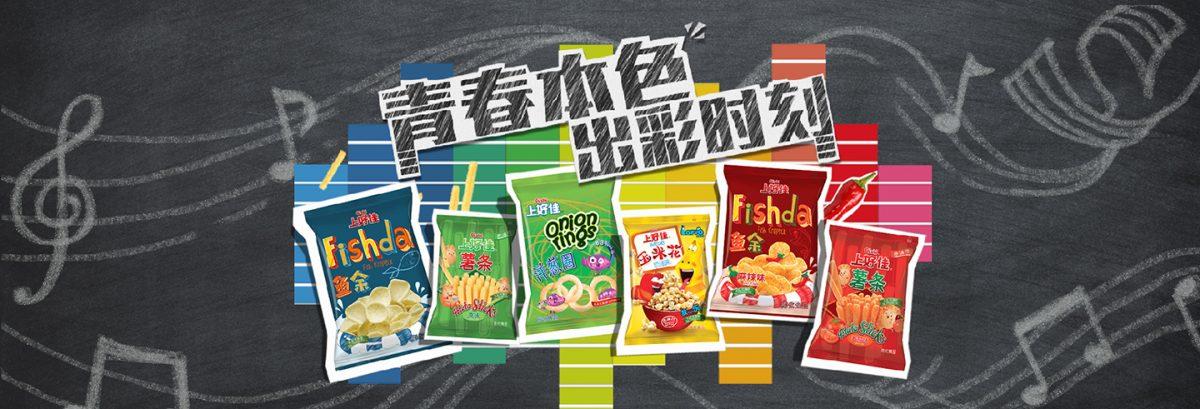
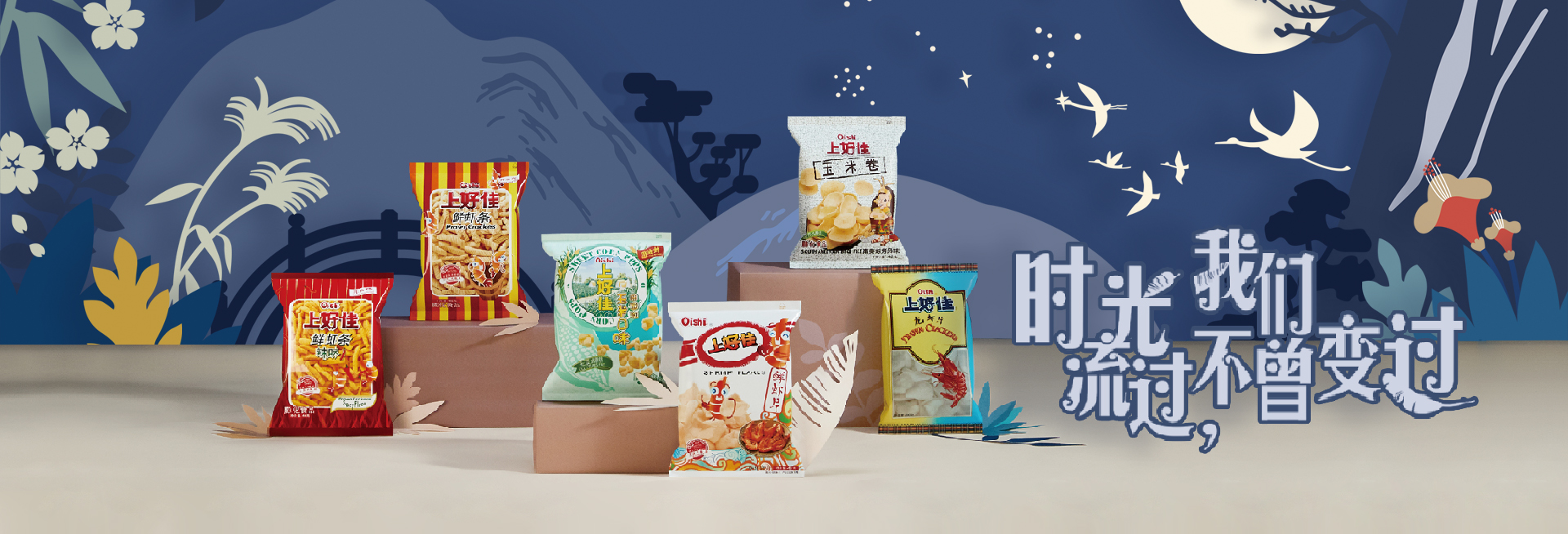

For example, in China, where the brand entered in 1993 when the country opened the gates to foreign investment, Oishi®was recognized as a ‘Shanghai Famous Brand’ back in 2000. Today, the brand operates sixteen factories across China (versus five in the Philippines). A few years ago, China Daily food critic Dong “Jessica” Fangyu, was interviewed and said that the company’s snacks, which she fondly refers to by the Chinese brand, ‘Shanghaojia’ (which means ‘very delicious’ in Hokkien dialect), make her feel sentimental because she and her childhood friends would consume the prawn flavored crisps back when China’s snack options were still quite limited compared to the choices today. In fact, the snacks were such a common and pervasive part of her youth that she was surprised to discover that the brand doesn’t originate from China, exclaiming: “I didn’t know Shanghaojia is actually a Philippine brand!”

In 2005, Carlos Chan was conferred the Honorable Citizen of Shanghai Award for his outstanding contributions to the city’s development. He was the very first Filipino to be given such honor.
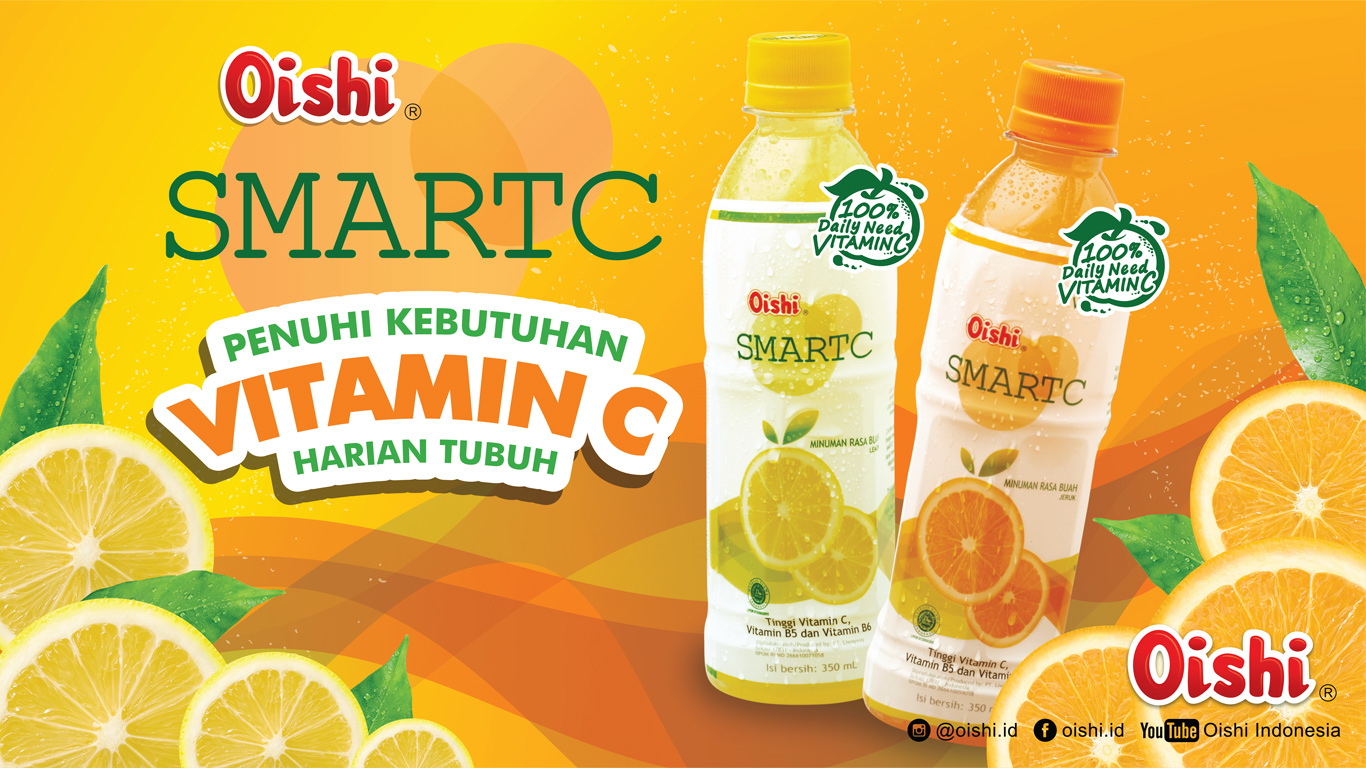
In 2014, an Asia-Pacific study done by Euromonitor estimates the total sales of the company to have surpassed US$1Billion that year with an Asia-Pacific market share of about 2.2% behind regional snack giants like Want Want® of Taiwan and Lay’s® of Pepsico, as follows:
Want Want Brand of Want Want Holding, Taiwan (5.1% of market);
Lay’s of Pepsico, USA (3.8%)
Calbee of Calbee Foods, Japan (3.4%)
Strong of Guangdong Strong, China (2.3%)
Oishi, Liwayway Marketing, Philippines (2.2%)
This brilliant megabrand teaches us that having a clear and simple ‘process strategy’, is critical in delivering a consistent and compelling competitive advantage for all its sub-brands across related product categories, across multiple international markets, through the decades.
And this applies to all brands whether they are big or small.

